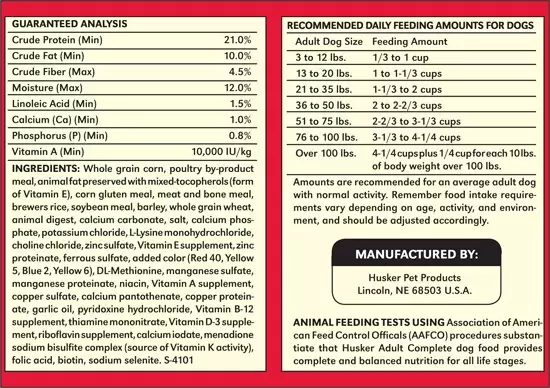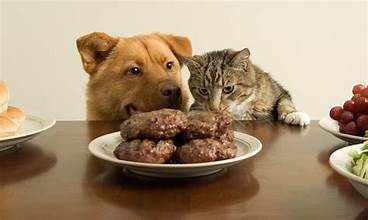We know how confusing choosing the right food for your beloved pets can be. Making an informed decision is no small feat, with countless brands and complex labels. This article will break down everything you need about pet food labels, ensuring your furry, feathery, or scaly friend gets the nutrition they deserve.
Why Pet Food Labels Matter
Pet food labels are more than just marketing tools; they are essential for understanding what goes into your pet’s diet. According to the FDA, these labels provide critical information about the nutritional content, ingredients, and feeding guidelines. Ensuring your pet’s safe and nutritious food is crucial for their overall health and well-being.
What to Look for on Pet Food Labels
When examining a pet food label, there are several vital components to consider:
- Ingredient List: The ingredients are listed on the label in order by weight. The first few ingredients are the most important, making up the bulk of the food.
- Nutritional Adequacy Statement: This indicates whether the food provides complete and balanced nutrition for a specific life stage.
- Guaranteed Analysis: This section provides information on the amounts of nutrients such as protein, fat, fiber, and moisture.
- Feeding Guidelines: These recommendations can help you determine how much to feed your pet daily.

Decoding Common Ingredients
Understanding the ingredients in your pet’s food can take time and effort. Here are some common ingredients and what they mean:
Protein Sources
- Chicken, Beef, and Fish: High-quality protein sources that provide essential amino acids.
- By-products include organ meats and other parts of the animal that are not usually consumed by humans but can be nutritious for pets.
- Plant Proteins: Ingredients like soy or corn gluten meal can supplement animal proteins but should not be the primary source.
Carbohydrates and Fiber
- Whole Grains: Ingredients like brown rice or oatmeal provide energy and are rich in fiber.
- Vegetables and Fruits offer additional vitamins, minerals, and antioxidants.
Fats and Oils
- Animal Fats: Sources like chicken fat can enhance flavor and provide essential fatty acids.
- Fish Oil: Rich in Omega-3 fatty acids, it benefits skin and coat health.

Special Considerations for Exotic and Disabled Pets
We understand that not all pets have the exact dietary needs. Exotic pets such as reptiles and birds require specialized diets that differ significantly from those of cats and dogs. Moreover, disabled pets may have unique nutritional requirements that must be addressed carefully.
For exotic pets, always ensure their diet mimics what they naturally eat in the wild. For disabled pets, consult a veterinarian to tailor a diet plan that meets their needs, ensuring they get the right balance of nutrients without causing additional stress or health issues.
Conclusion
Understanding pet food labels is crucial in providing the best nutrition for your pet. By familiarizing yourself with the ingredient list, nutritional adequacy statements, and other vital components, you can make informed choices that promote your pet’s health and happiness. At Positively Pets, we strive to empower pet owners with the knowledge and resources they need to take excellent care of their beloved companions. Feel free to ask questions or share your experiences; we’re here to help!




